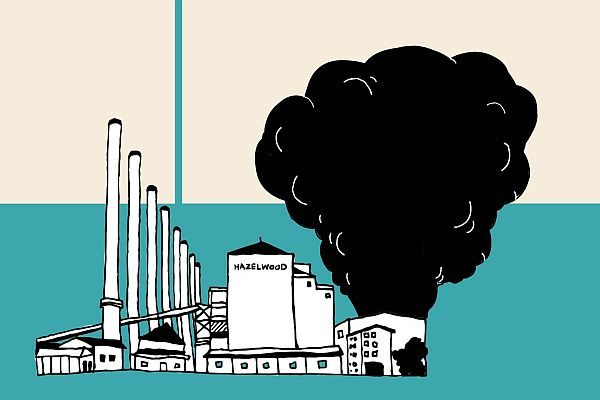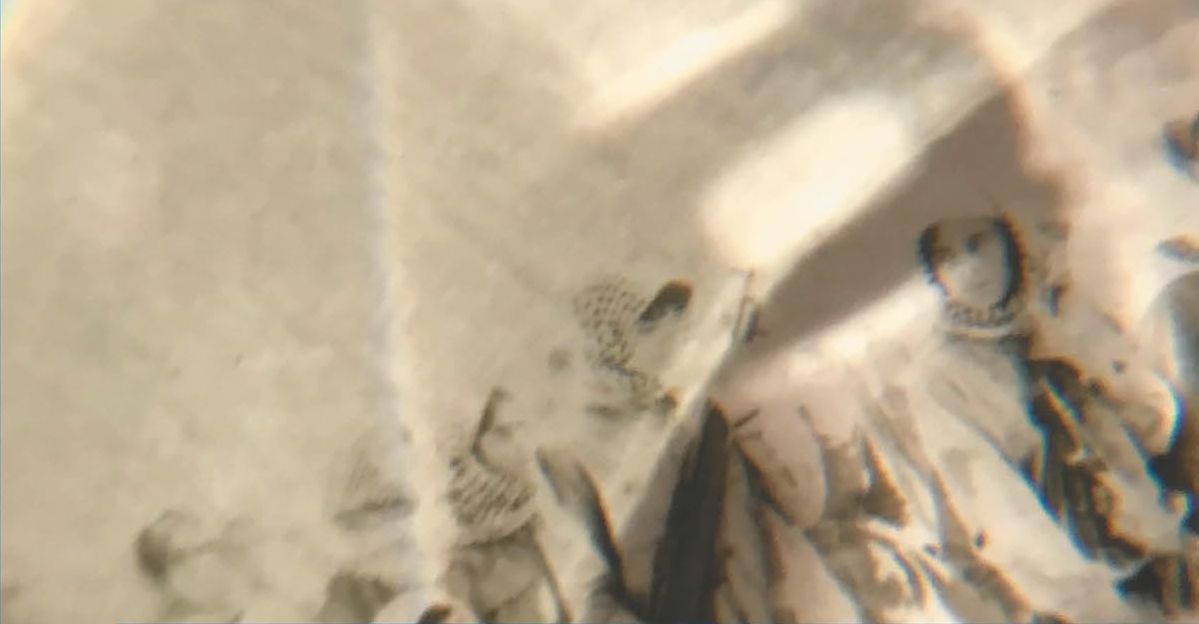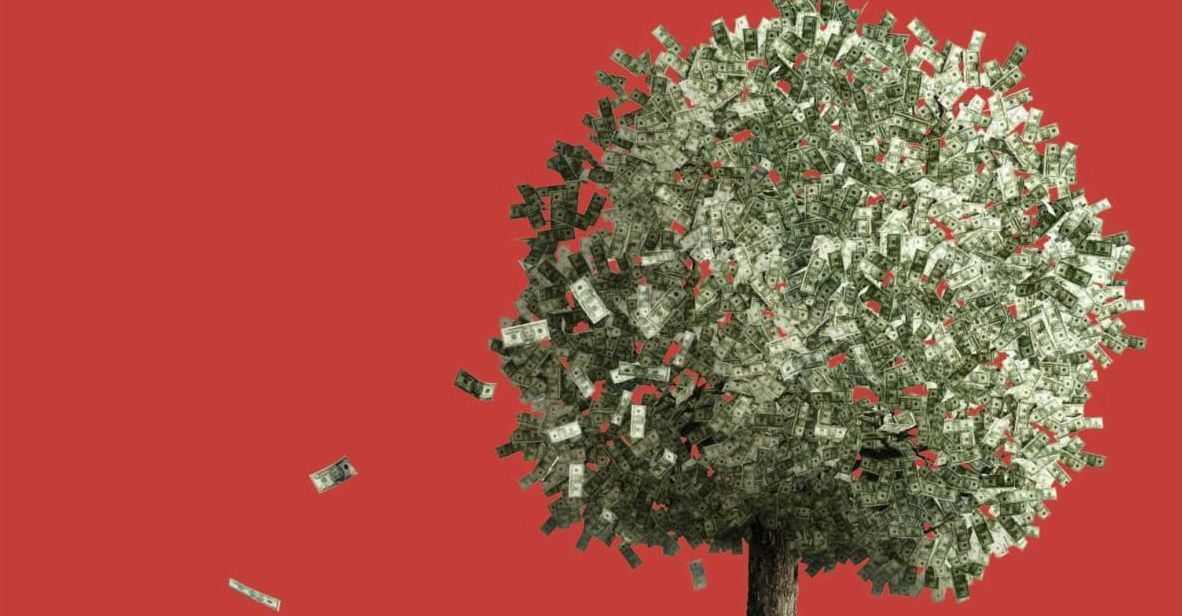Every state and every nation has them: places deemed problematic, outcasts in the geography of desirability. While there is sometimes a kernel of truth to the underlying claims—often built on economic restructuring and consequent unemployment—they typically exaggerate the extent of real social problems and are produced and promulgated by outsiders. The gaze of the well-connected outsider—whether academic, writer, or traveller—is quick to judge, and is often connected back to capital city publishing houses, journals, and newspapers.
Academic researchers have extensively considered these issues, especially in disciplines where travel to another place through field work or cultural immersion is a part of the methodological and conceptual tradition. Anthropologists, sociologists and historians in the broad field which could be termed community studies have spent a considerable amount of time considering the role of the outsider, and then more complicated speaking positions such as the ‘inside-outsider’. Clearly how we view a community is shaped by our relationship to it, by our links or lack of links to its social connections, and by the particular role we are playing as the observer. It is timely, then, to consider two recent outsider portrayals in works of non-fiction of the Latrobe Valley community in Victoria.
For many in Melbourne, the Latrobe Valley is a region you drive through on the way to a holiday destination at Lakes Entrance or beyond. Industrial pollution, brown coal mining, and electricity generation are the most common associations with the area—along with, as the power stations and coalmines close, economic decline and unemployment.
Tom Doig’s book The Coal Face covers the Morwell mine fire of 2014 and the community response to it. A writer and environmental campaigner, Doig came to the Valley shortly after the fire in 2014, which burned for forty/five days and cast a dark acrid pall of black smoke over the region. Chloe Hooper is a writer of national prominence whose 2018 book The Arsonist records an unspecified number of visits to the region. Very well received by reviewers, The Arsonist focuses on Brendan Sokaluk, the Churchill resident who was tried and convicted for lighting the bushfire that ultimately killed eleven people on Black Saturday in February 2009.
What unifies these two otherwise very different texts is a concern with fire and criminality. There is the fire-obsessed troubled mind of the convicted arsonist Sokaluk and the corporate neglect of GDH Suez, which was found to have contributed to the fire in the coal seams of the open cut mine. Sokaluk was found guilty of arson in 2012 and sentenced to 18 years in prison, while Hazelwood Power Corporation, a subsidiary of GDH Suez, was fined almost $2M for failure to mitigate the risk of fire and failure to maintain fire-fighting equipment. But there is also across both books a characteristic focus on moments of tragedy, hardship, and criminality. The problematic place is often only represented to a wider world during its, well, problematic moments, further cementing its reputation as a place of dysfunction and despair.
In most other ways, these outsider non-fictions are vastly different. Doig is not interested in the causes of the 2014 mine fire, and concentrates instead on its community and political consequences. For Hooper, by contrast, the cause of the 2009 Churchill fire, and what motivated Sokaluk, are everything, and the consequences of the tragedy are covered in a cursory way.
 The Coal Face was completed in 2015 but publication was held up by legal action on the part of the GDH Suez until 2020. Doig, whose sympathies are revealed in the dedication ‘to the people of Morwell and the Latrobe Valley and especially to Voices of the Valley’, shows locals active in their own story. He relies on an extensive number of interviews with key participants to fill out and populate his account, and the book captures the spirit of those who complained, questioned, and fought back in the face of a slow and clearly deficient public health response (the key outcome of the mine fire was the formation of the lobby group Voices of the Valley and a State Government commitment to long term monitoring and analysis of the fire effects through the Hazelwood Health Study program). Each chapter is framed by a story from a interviewee. The style is clear, lucid and highly descriptive.
The Coal Face was completed in 2015 but publication was held up by legal action on the part of the GDH Suez until 2020. Doig, whose sympathies are revealed in the dedication ‘to the people of Morwell and the Latrobe Valley and especially to Voices of the Valley’, shows locals active in their own story. He relies on an extensive number of interviews with key participants to fill out and populate his account, and the book captures the spirit of those who complained, questioned, and fought back in the face of a slow and clearly deficient public health response (the key outcome of the mine fire was the formation of the lobby group Voices of the Valley and a State Government commitment to long term monitoring and analysis of the fire effects through the Hazelwood Health Study program). Each chapter is framed by a story from a interviewee. The style is clear, lucid and highly descriptive.
Doig does very well to avoid the pitfall of the outsider gaze. He does not present all locals as victims, a common problem in stories that focus on economic decline, plant closures and disasters. Hi short book shows locals in an active peopled region with some geographical complexity doing the best they could to seek information, to protect themselves and their community, and to hold the company, the EPA, and the State Government to account. But we are left with virtually no information at all about when or how the author gathered his material or completed his interviews. I have heard of stories of Doig getting around the town of Moe on his bicycle, which suggests that the act of researching the book could have been a colourful addition to the main story. However, he does not offer one single sentence reflecting on his own role or his methods. As a narrator, he comes across as reliable and respectful but frustratingly unknowable. He disappears into the shadows of The Coal Face, allowing the participants to speak but leaving quite a few unanswered questions about how he went about his work or why indeed he choose to write this story in particular.
 In this regard, The Arsonist is the complete opposite, as it places Hooper’s own journey as the narrator discovering and exploring the Sokaluk story front and centre, as is fashionable in more literary-style narrative non-fictions. This approach is not necessarily better or worse than Doig’s but in the process of telling the story of how she uncovered her Sokaluk narrative, The Arsonist unwittingly reveals just how occluded and limited the author’s own engagement with the town of Churchill and the region of the Latrobe Valley was. Her journeys into the Valley, fleeting and anxiety-ridden, come from the west along the Princes Highway, always approaching Churchill from the same direction. These journeys punctuate but also help structure The Arsonist.
In this regard, The Arsonist is the complete opposite, as it places Hooper’s own journey as the narrator discovering and exploring the Sokaluk story front and centre, as is fashionable in more literary-style narrative non-fictions. This approach is not necessarily better or worse than Doig’s but in the process of telling the story of how she uncovered her Sokaluk narrative, The Arsonist unwittingly reveals just how occluded and limited the author’s own engagement with the town of Churchill and the region of the Latrobe Valley was. Her journeys into the Valley, fleeting and anxiety-ridden, come from the west along the Princes Highway, always approaching Churchill from the same direction. These journeys punctuate but also help structure The Arsonist.
The Arsonist contains significant omissions and basic errors of fact. In the opening pages, the narrator drives down the highway past one open cut but fails completely to recognise a second. The author repeats a common misconception about Churchill; that its distinctive monument is a homage to Winston Churchill’s cigar. The monument was in fact designed in 1967 by Pat O’Neil, an architect with the Housing Commission, with an open brief. In 1990 the local Rotary Club placed a plaque near the monument that formalised the misnomer (‘cigar’ was only ever a local nickname), and the Wikipedia entry for Churchill, up until June 2018, repeated this error.
Hooper had links into Callignee, a small town to the East that was heavily impacted by the fire, yet the view from Callignee is not necessarily the best way to understand Churchill. Hooper’s other key informants are detectives and legal representatives who, like her, travel to the Valley to do their work. All of them exhibit a view of the region skewed by their occupational focus on crime and criminality. And all of them come from Melbourne.
The replication of the error concerning the symbolism of the Churchill monument calls into question the author’s research capacity. As a work of non-fiction, the book needs to be judged on its research base, its careful use of evidence, and its reliability and accuracy. Jelleffs Outlet, the road close to where the fire was lit, is spelt incorrectly throughout as ‘Jeleffs Outlet’. As part of a well-known local family, there are quite a few Jelleffs buried in nearby Hazelwood cemetery. The Royal Commission Report into the Black Saturday fires managed to get this right so we can reasonably expect the author to do so too, especially given it’s an important detail. The town’s population figure in the book is incorrect—the author cites 4,000 but the readily-available census figures indicate that it was 4,589 in 2006 and 4,789 by 2016. She notes that the road between Morwell and Churchill was fringed by ‘unfathomable complexes surrounded by high fences’ but locals know what these complexes are, and a small amount of research would reveal their role, function, and history.
The Arsonist claims that fire was ‘in the DNA of certain locals.’ However, the single of Sokaluk is allowed to represent the entire community and erase all of those locals who volunteer for the Churchill CFA or who take their fire plans and bush fire safety seriously. An exclusive focus on the individual pathology of the arsonist also downplays the role of climate change. Sokaluk’s fire took off so quickly and was so destructive because a steady decline in regional rainfall totals from 1997 had made the landscape dry, parched, and fire-ready. Both the Latrobe and Thomson Rivers had a 43 per cent decline in water flows into storage from July 1997 to August 2009. Experts cited by the Royal Commission indicated that declining rainfalls patterns associated with climate change contributed to very low fuel moisture levels of between 3 and 5 per cent.
The authorial bias towards finding a fire-obsessed community might have contributed to the misconception that the Churchill monument represented Churchill’s cigar, and the subsequent, laboured analogy between the cigar and the area’s obsession with fire. The concern to find fire-obsession might have also led to overlooking the role of the local University campus, where Sokaluk had worked previously, as a staging post for emergency personnel to help fight the 2009 fire. Instead, the campus is presented ‘a pleasant, low-pressure place to work’, characterised by ‘a culture of graft and corruption’—a potentially defamatory claim offered without strong supporting evidence. In the author’s world, if the staff there were not lazy or incompetent they were playing golf or stealing campus equipment. The combined effect of these claims is to build a picture of a dysfunctional community that almost inevitably produced an arsonist. The final ignominy is the revelation of the actual street address of Sokaluk’s former house, a ghoulish and unnecessary detail that can only compromise the privacy of current and future residents.
As a reviewer of these two works I inhabit the ‘inside-outsider’ position. I have lived and worked in this region since 2008, and I was a senior member of staff at the University campus in 2009 when the Black Saturday fire occurred and in 2014 when the Morwell mine fire happened. I lived in Churchill itself from 2016 to mid-2021. As a historian, I also have professional and scholarly networks which connect me to disciplinary norms, colleagues, and associations that are constituted well beyond the boundaries of the Latrobe Valley. In terms of the inside-outsider role I have dual identities as both a resident and a researcher.
The incorrect or unfair representation of one’s own place can lead to angry responses. Book group readers in Traralgon were distressed by The Arsonist’s portrayal of the region. One reader—a former senior public servant and author of an excellent book not included in The Arsonist’s bibliography—felt that the author ‘had clearly not studied or learned a lot about the Latrobe Valley’. ‘It is very unhelpful’, he wrote to me ‘for the region to be besmirched in such an inaccurate and careless manner.’ A resident of Callignee—the place at the heart of the fire, suffering the worst loss of life—reported that, ‘the degradation of the Valley astounded and angered me’. She remains angry, she and her friends feeling silenced and ignored, their tragedy used for a narrative that blamed the victims and the community. A number of her friends, she said, had written to the author but had not received any replies. The Arsonist selectively harvested our memories and experiences, transposing our community onto the national literary stage as one prone to criminality—a place of fire-obsessed dysfunction.
Problematic places have stories to tell and there are many ways to do so. When outsiders tell those stories, it’s not necessarily a bad thing. It would be a dull monochromatic world indeed, void of empathy and intellectual engagement, if we could only write of what we know of personally. But the outsider with the capacity to speak, publish, and represent carries a special burden of responsibility. And when that outsider focuses exclusively on the negatives, omits critical information for the sake of their own interpretation, and fails to get basic facts right then their work functions to amplify the unfair stereotypes that frame the life and reputation of those who live in the problematic place. The Coal Face is a careful and timely analysis of the community response to the Morwell mine fire which would have been strengthened by the modest addition of a few more paragraphs about his own approach and method. The Arsonist is a dense and intriguing analysis of the mind of an arsonist but when it wraps this analysis up in a highly partial and mistake-laden presentation of local society, then this book joins the long list of outsider views likely to frustrate and anger local readers.
Image: a detail from the cover of The Coal Face






